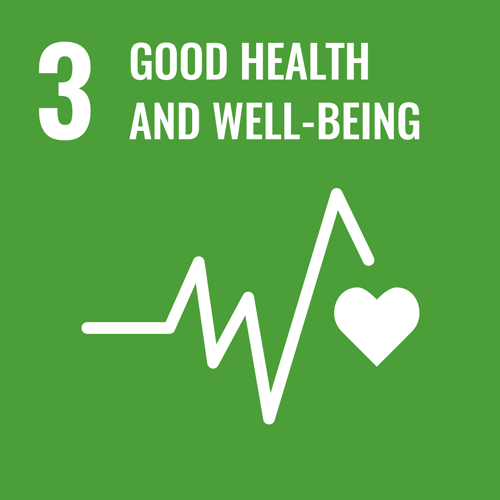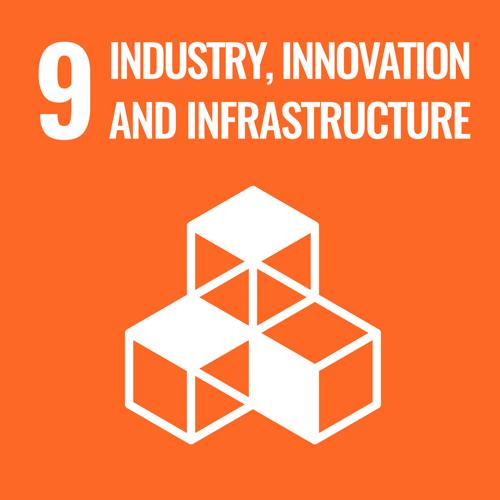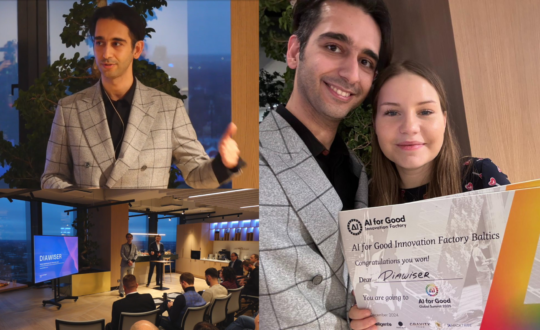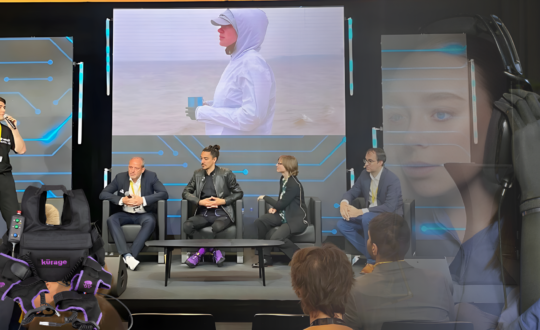The ITU Journal is inviting contributions to five upcoming special issues on Bio-NanoThings for healthcare, Internet of Everything, Terahertz communications, wireless communication systems beyond 5G, and AI and machine learning in networking.
The ITU Journal on Future and Evolving Technologies provides complete coverage of all communications and networking paradigms, free of charge for both readers and authors. The journal publishes online all year round, welcoming papers at any time, on all topics within its scope.
“We have created an Editorial Board with truly outstanding, experienced and distinguished people who are in the forefront of the telecommunications research world,” says the ITU Journal’s Editor-in-Chief, Ian F. Akyildiz. “We are determined to give detailed, constructive feedback on submitted papers, as well as a fast turn-around time.”
Internet of Bio-NanoThings for health applications
The Internet of Bio-NanoThings (IoBNT) is an emerging ICT framework envisioning collaborative networks of natural and artificial nano-biological functional devices – for example, engineered bacteria, human cells and nanobiosensors – integrated into the Internet infrastructure.
IoBNT could enable advances such as intrabody continuous health monitoring and theranostic (therapeutic-diagnostic) systems with single molecular precision. The broad application prospects of IoBNT have attracted significant research interest at the intersection of ICT, bio-nanotechnology, and medical sciences.
This special issue will present the latest advances in the theoretical foundations and practical implementation of IoBNT towards health applications.
Call for papers by 22 April 2021 (extended from 22 January) >
Internet of Everything
The Internet of Everything (IoE) refers to the interconnection of people, processes, data and things, conceptualized by Cisco as the natural evolution of IoT to encompass all possible information sources and destinations.
But fundamental questions remain unanswered. The IoE concept’s characteristics in terms of scale, heterogeneity of involved entities, sensitivity of the information managed and user expectations raise questions calling for radical rethinking of several core communication and networking concepts.
This special issue will share novel research contributions to the technological and theoretical advancement of the IoE concept.
Call for papers by 6 April 2021 (extended from 1 February) >
Terahertz communications
The Terahertz (THz) band from 0.1 THz to 10 THz, thanks to its abundant frequency resources, will play a key part in overcoming the spectrum scarcity and capacity limitations facing current wireless systems.
THz-band communications are anticipated to enable unprecedented applications at both the macro-scale and nano-scale, in high-speed satellite communications, ultra-high-capacity wireless fronthaul/backhaul in cellular networks, and ultra-high-speed short-distance data transfer between devices; as well as inter/intra-chip communications and instantaneous data exchange between nano-scale devices.
This special issue will interrogate challenges unique to THz communications still to be addressed, presenting the latest advances in the theoretical foundations and practical applications of THz communications.
Call for Papers by 12 April 2021 (extended from 8 February) >
Wireless communication systems beyond 5G
New concepts and capabilities continue to alter research perspectives on how future wireless communication systems should be designed.
AI and machine learning are accelerating the trends of cognition and self-organization. The propagation environment is transforming, especially in the domain of high-frequency (e.g., THz-domain) wireless communications. The ever-increasing density of cellular infrastructure is gaining an aerial dimension, with dense deployments first emerging at very low height with Unmanned Aerial Vehicles such as drones, and at Low-Earth Orbit using micro-satellite constellations. Advances in miniaturization and wireless sensor platforms are enabling progress from on-body to in-body sensors, creating new possibilities for human-machine interfaces but also compelling prospects for the future of biomedical research, diagnostics, and therapeutics. Energy efficiency will factor considerably into the design of future wireless systems, considering innovations including wireless power-transfer technologies to enable self-sustaining IoT sensors without need for battery power.
This special issue is dedicated to exploration of future and evolving technologies likely to have significant impact on the design of wireless communication systems beyond 5G.
Call for papers by 3 May 2021 (extended from 15 February) >
AI and machine learning for 5G
The ITU Challenge on AI/ML in 5G enabled over 1300 participants from 62 countries to connect with new partners in industry and academia — and new tools and data resources — to achieve goals set out by problem statements contributed by industry and academia in Brazil, China, India, Ireland, Japan, Russia, Spain, Turkey and the United States.
The Challenge also aimed to demonstrate and validate new ITU standards for AI/ML integration in 5G and future networks and create new opportunities for industry and academia to influence the evolution of these standards.
This special issue invites the community supporting the ITU Challenge to submit papers for the consideration of the ITU Journal.
Call for papers by 8 April 2021 (extended from 22 February) >













